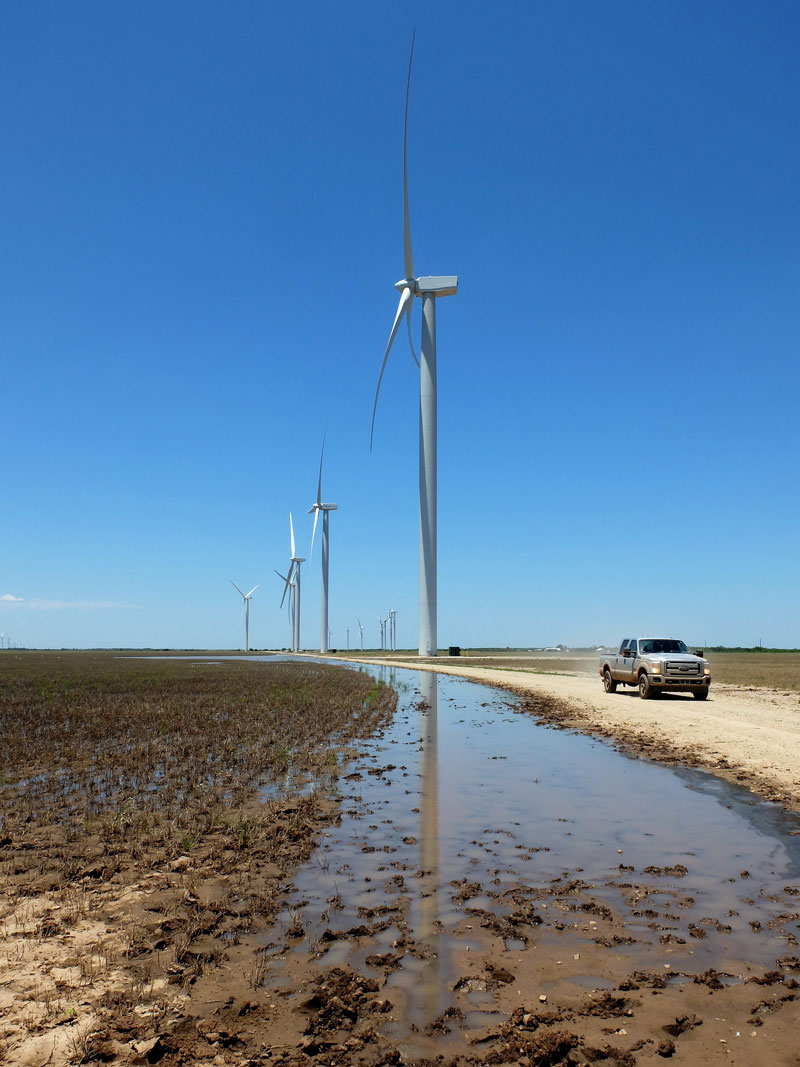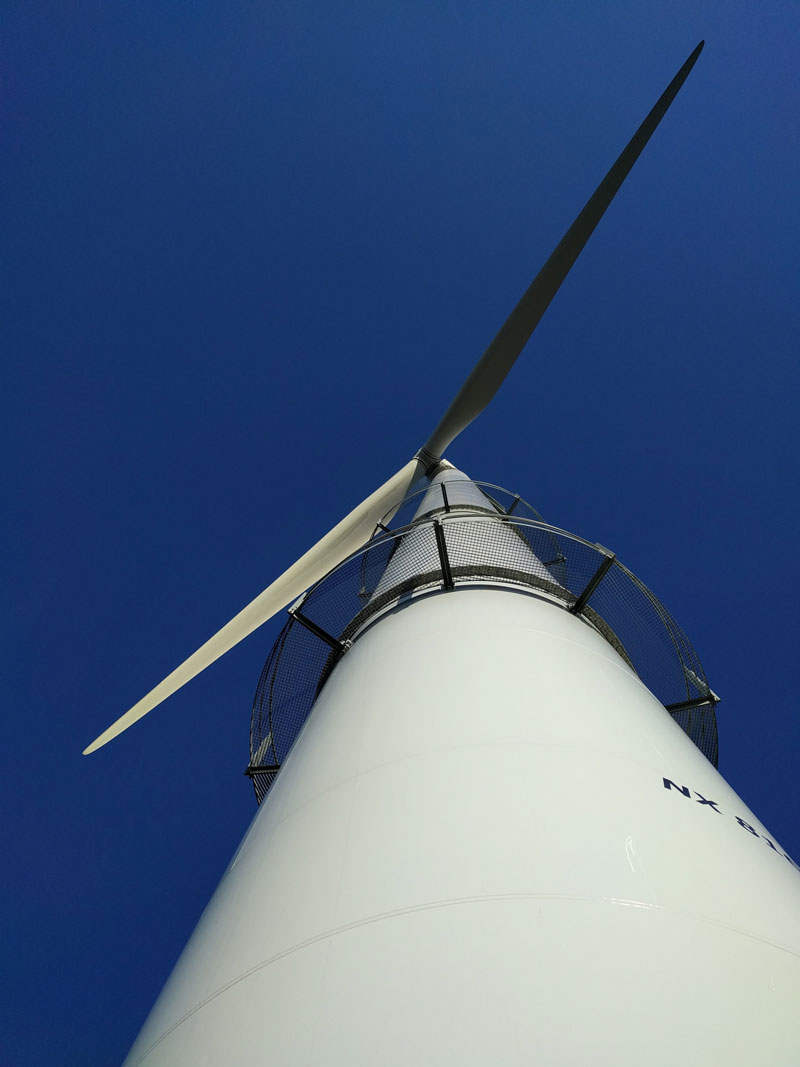About us
Maxwind Technology is specialized on pitch angle calibration of pitch-controlled variable-speed wind turbine generators. The value proposition of our business model is based on delivering actual value for asset managers and owners by increasing power production.
Maxwind Technology is a spin-off company founded in 2017 to exploit commercially the technology developed by Hispavista Labs. Hispavista Labs was granted a patent by EPO and CNIPA, a patent that became a capital asset in the hands of Maxwind Technology. We expect to have it approved by USPTO shortly.
Key personnel of the company has +15 years of experience in the Wind Industry working at different levels on Wind Turbine Design, Construction Projects and O&M.
Pitch Angle Misalignment

The problem
Pitch angle misalignment occurs in the wind industry by the lack of proper methods to deliver turbines perfectly calibrated upon commissioning. The root cause might be a blend of production tolerances, construction, and commissioning activities. It is a business industry issue, totally unrelated to the turbine manufacturer.
As a consequence, a considerable share of turbines in existing wind farms suffer from significant pitch angle misalignment. The effect of pitch angle misalignment over these turbines is twofold:
- Loss of power production in the 5-12 m/s wind speed range.
- Shorter turbine lifetime as a consequence of higher loads in the 5-25 m/s wind speed range.
Consequences
Unbalanced pitch angle misalignment lead to 1p aerodynamic imbalance. However, even a balanced rotor experiences power production loss in the face of balanced misalignment. In addition, if said balanced misalignment is towards lower pitch angles shorter turbine lifetime will occur due to higher fatigue and extreme loads across the entire wind speed operational range.
Requirements for a pitch angle calibration solution
Accuracy in measuring pitch angle differences but also angle measurement with respect to absolute references is key for ensuring lifetime extension while maximizing power production.
Business Model
Value Proposition
Target customers are wind power asset managers and owners. Our proposition is based on delivery of real value.
Since our customers’ focus is ROI maximization of wind power assets, we deliver power production increase. For every turbine we calibrate a minimum AEP (Annual Energy Production) increase is guaranteed. Consequently, value delivery is ensured by adjusting the Project Price for the number of turbines on which a significant AEP increase was demonstrated. The longest payback our customers get for our calibration activities is 2 years, whereas average payback is 1.2 years.

Key Technologies
Four technologies make this business model feasible:
- PCR based diagnosis for the diagnosis of turbines affected by pitch angle misalignment (Worst In Class turbines). It is a qualitative analysis based on power performance analysis that help us identify the Worst in Class turbines.
- Cutting-edge measuring technique for accurate measurement of pitch angles. Estimated accuracy is below 0.15 degrees with absolute precision (angles measured in different turbines are totally comparable).
- Artificial Intelligence models for accurate assessment. Customers are given total transparency for these models so that turbine production after calibration can be compared to the production that calibrated turbines would have provided without pitch angle calibration.
- Replication of pitch angle settings of the good turbines over the Worst In Class turbines is a concept protected by a patent granted in Europe, China and USA.
Track Record
All turbines in existing wind farms are subject to pitch angle calibration. This is not a turbine manufacturer-related issue, but an industry related matter due to limitations regarding current state-of-the-art technology used during manufacturing, construction, and commissioning activities.
Our technology has been successfully tested with turbines from the following manufacturers:

All in all, turbines from other manufacturers are expected to show similar pitch angle deviations.

The impact of pitch angle corrections lead to increase in AEP per turbine as shown in the picture below for the 4-10 m/s wind speed range.

Request more information
Proyecto cofinanciado tanto por el Gobierno Vasco con cargo al presupuesto de gastos del Departamento de Desarrollo Económico y Competitividad y el Fondo Europeo de Desarrollo Regional FEDER dentro de la convocatoria NETS 2014.
